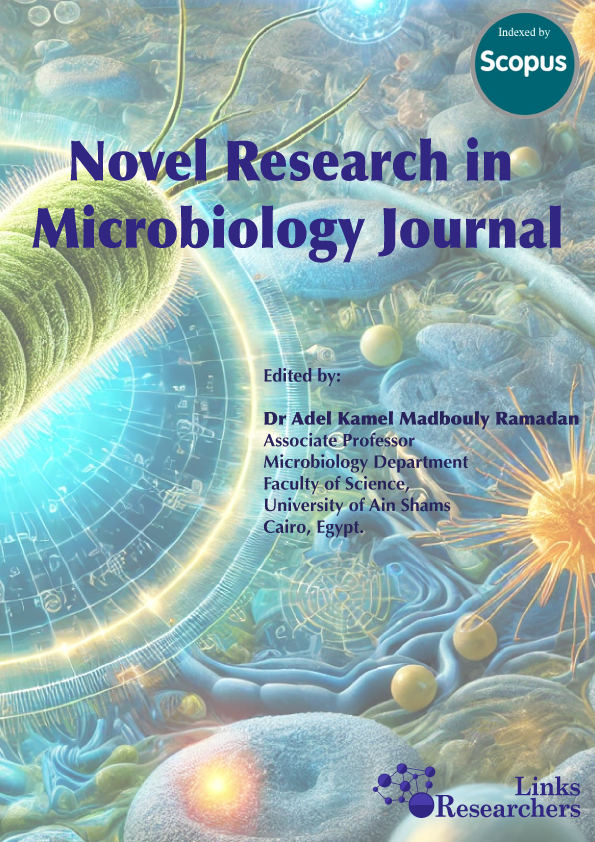CHROMagar COL-APSE medium as a screening method for fecal carriage of Colistin resistant Enterobacteriaceae among patients in Mansoura university hospitals, Egypt
Novel Research in Microbiology Journal (2021), 5(6): 1415-1430
CHROMagar COL-APSE medium as a screening method for fecal carriage of Colistin resistant Enterobacteriaceae among patients in Mansoura university hospitals, Egypt
Noha M. Mahmoud1*; Samah S. El-Kazzaz1
ABSTRACT
Colistin resistance (Col-R) has been rising worldwide with high rate of morbidity and mortality. The emergence of mobile colistin resistance (mcr) harboring microorganisms become of a health concern. Hence, screening for fecal carriage of Col-R Enterobacteriaceae could aid in the prevention and control efforts of Col-R. This study aimed to screen for Col-R Enterobacteriaceae in the stool specimens of the hospitalized patients; explore for colistin minimal inhibitory concentrations (MIC) and the genetic determinants of these isolates, and to predict the risk factors among the studied patients' groups. Stool specimens from 290 hospitalized adult patients were screened for the presence of Col-R bacterial isolates using CHROMagar COL-APSE medium. Colistin MIC was estimated for Col-R Enterobacteriaceae using the broth microdilution (BMD) assay. Bacterial isolates were screened through the Polymerase chain reaction (PCR) for the existence of mcr-1 and mcr-2 genes. The fecal carriage of Col-R among the studied patients was 16.8 %. About 72 Col-R bacterial isolates were recovered. Col-R Enterobacteriaceae were predominant and were detected in 89.7 % of the bacterial isolates. Using the BMD, Col-R was confirmed and most of the isolates showed low resistance MIC titer (4 μg/ ml; 55.7 %). In addition, mcr-1 gene was the most frequent Col-R gene detected (69.2 %), while mcr-2 gene was less prevalent (11.5 %). The current study reported high prevalence of the Col-R and mcr-1 gene harbored by the fecal flora; with the risk to be easily transmitted inside the hospitals and within the different communities. This highlights the need for active surveillance in addition to the infection control programs.
To share on other social networks, click on any share button. What are these?





